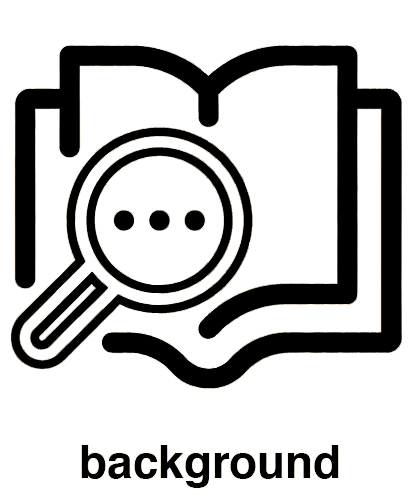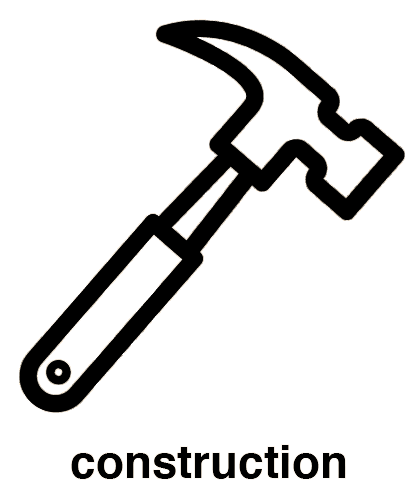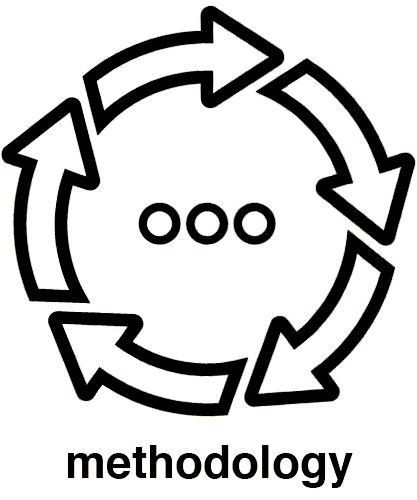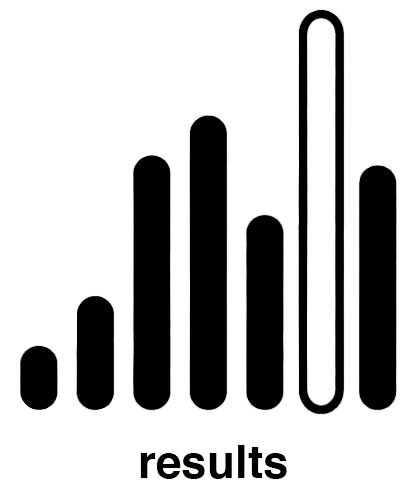-
Projects
- Environment Box
- Passive Refrigeration
- Water Cooling
- Fog Catching
- Roof Geometries
- Optimal Insulation
- Cooler Windcatcher
- Green Machine
- Mitigating Humidity
- Convective Air Flow
- Styrene Reuse
- Thermal Reflection
- ETFE Rigidification
- Phase Change Materials
- Polar Reflection
- Cavity Depth Variation
- Vapor Permeability
- Algae Facade
- Moisture Buffering
- Engineered Geometries
- Recycled Desiccant Materials
- Living Wall
- Solar Shading Facades
- SHADESin.reACTION
- Low-Fab Dehumidification
- Breathing Wall
- Urban Heat Island
- Acoustical Design
- Latent Heat of PCM's
- Insulative Qualities of Air
- About
- Lectures
- Assignments
- Workshops
- Syllabus
- Resources
ABSTRACT
The moisture content of spaces is a significant factor influencing the air quality and energy consumption of buildings as well as the durability of building components. Uncomfortable humidity levels are usually a result of various factors, such as air variation, moisture sources, and material sorption. To mitigate uncomfortable humidity levels, green walls are typically employed. However, green walls can invite complications to building components. Though green walls can have automatic maintenance systems, these systems utilize large amounts of energy and water, therefore, making them an expensive humidity regulator. Humidity regulation can be executed by careful selection of surface materials during the design phase. The moisture buffer capacity of these materials can be used to moderate the dew-point of moisture-rich environments. By utilizing materials with an effective moisture buffer performance, excessive humidity can be regulated. This study aims to investigate the moisture buffering capacity of typical porous building materials used in the northeastern region of North America. A series of experiments will be conducted to test the moisture buffer performance of red clay, wood, and concrete brick which will then be compared to the moisture absorption performance of soil. The materials will be exposed to a 70% dew-point which exceeds the ASHRAE standard of a 65% dew-point maximum for a comfortable space.
The moisture content of spaces is a significant factor influencing the air quality and energy consumption of buildings as well as the durability of building components. Uncomfortable humidity levels are usually a result of various factors, such as air variation, moisture sources, and material sorption. To mitigate uncomfortable humidity levels, green walls are typically employed. However, green walls can invite complications to building components. Though green walls can have automatic maintenance systems, these systems utilize large amounts of energy and water, therefore, making them an expensive humidity regulator. Humidity regulation can be executed by careful selection of surface materials during the design phase. The moisture buffer capacity of these materials can be used to moderate the dew-point of moisture-rich environments. By utilizing materials with an effective moisture buffer performance, excessive humidity can be regulated. This study aims to investigate the moisture buffering capacity of typical porous building materials used in the northeastern region of North America. A series of experiments will be conducted to test the moisture buffer performance of red clay, wood, and concrete brick which will then be compared to the moisture absorption performance of soil. The materials will be exposed to a 70% dew-point which exceeds the ASHRAE standard of a 65% dew-point maximum for a comfortable space.





